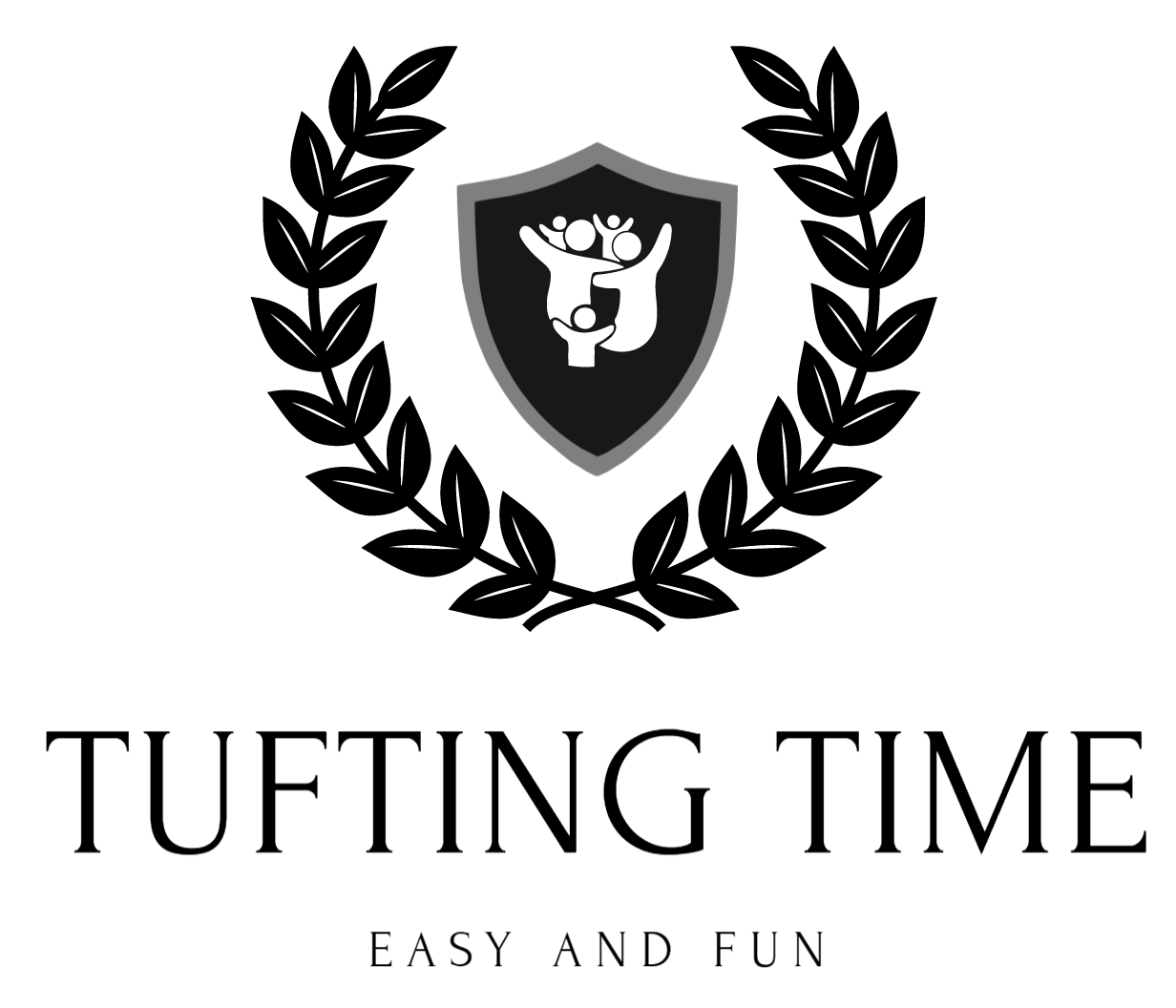Understanding how to balance risk and reward is essential across various domains—be it finance, exploration, or natural processes. This article explores the fundamental principles behind risk-taking, illustrates lessons from history, and examines modern examples like ffs gem tr1o as a contemporary illustration of these timeless concepts. By connecting these ideas, we aim to provide insights applicable to personal decision-making, business strategies, and appreciating natural phenomena.
Whether considering the high-stakes of financial markets, the risks faced by explorers, or the natural processes that forge gemstones, maintaining a balanced approach to risk and reward is crucial for sustainable growth and success.
Contents
- Theoretical Foundations of Risk and Reward
- Historical Perspectives on Risk and Reward
- Nature’s Demonstration: Formation of Gemstones
- Modern Strategies in Business and Gaming
- Case Study: Gem Trio as a Modern Illustration
- Non-Obvious Lessons from Natural and Modern Examples
- Practical Applications: Cultivating a Risk-Aware Mindset
- Conclusion: Integrating Lessons for Better Decision-Making
Theoretical Foundations of Risk and Reward
At the core of risk management lie fundamental economic and psychological principles. Economically, risk and reward are interconnected through the concept of expected value, where higher potential returns often accompany higher probabilities of loss. Psychologically, individuals’ risk appetite—the degree of acceptable uncertainty—shapes their decision-making processes. According to research by Kahneman and Tversky (1979), humans tend to be risk-averse in gains but risk-seeking in losses, highlighting the complexity of balancing potential outcomes.
Effective risk management involves assessing these trade-offs systematically, setting thresholds, and diversifying strategies. This balance ensures sustainable growth, whether in investment portfolios, business ventures, or natural resource utilization.
Historical Perspectives on Risk and Reward
History offers numerous examples where risk-taking led to significant breakthroughs. The Age of Exploration, driven by figures like Christopher Columbus, involved immense risks—unknown waters, hostile environments—in pursuit of new trade routes and wealth. Despite failures, these ventures expanded horizons, illustrating that calculated risks can yield extraordinary rewards.
Technological innovations, such as the Industrial Revolution, also stemmed from embracing risks—investing in new machinery and ideas. Failures served as lessons, refining risk assessment over time.
Over centuries, risk assessment evolved from superstition and guesswork to systematic analysis, integrating data and predictive models, thus enabling more informed decisions in uncertain environments.
Nature’s Demonstration of Risk and Reward: The Formation of Gemstones
Natural processes exemplify the delicate balance between risk and reward. Gemstones like diamonds and sapphires are formed deep within the Earth’s mantle under extreme pressure and high temperatures. These conditions are inherently risky for any material to survive, yet they produce some of the most valuable and beautiful natural treasures.
This analogy reminds us that enduring natural phenomena often involve overcoming significant risks—intense environmental conditions—yet the long-term payoff can be extraordinary. Patience is vital, as gemstone formation can take millions of years, emphasizing that valuable outcomes often require sustained investment and resilience.
Understanding these natural systems underscores the importance of long-term thinking and patience in human endeavors, where risk is inevitable but can be managed through strategic planning.
Modern Strategies for Balancing Risk and Rewards in Business and Gaming
In contemporary contexts, risk management techniques include diversification, hedging, and scenario analysis—tools widely used in financial markets and corporate strategy. These methods help mitigate potential losses while capitalizing on opportunities.
In gaming, high-volatility slots like ffs gem tr1o exemplify risk-taking. These games offer the chance for substantial jackpots but come with increased volatility, meaning players may experience long periods without wins.
Wild symbols in such games serve as strategic substitutes, reducing risk by increasing the likelihood of winning combinations. They demonstrate how strategic elements can help players manage risk while pursuing high rewards.
Case Study: Gem Trio – A Modern Illustration of Risk and Reward in Gaming
| Aspect | Details |
|---|---|
| Gameplay | High-volatility slot offering large jackpots with infrequent wins |
| Wild Symbols | Strategic substitution to increase winning chances, reducing risk |
| Reward Potential | Potential for significant jackpots, exemplifying reward for risk |
This game illustrates how embracing high volatility involves accepting the possibility of long losing streaks in exchange for the chance at substantial payouts. The use of wild symbols demonstrates strategic elements that players can leverage to optimize their risk-reward ratio.
Non-Obvious Lessons from the Gem Trio and Natural Processes
Beyond the obvious, several subtle lessons emerge from natural and modern examples. One key insight is the importance of patience and persistence—qualities essential when dealing with high-risk environments, whether mining for gemstones or investing in volatile markets.
Another lesson involves recognizing and leveraging opportunities; for instance, wild symbols in slot games serve as strategic tools that mitigate risk and enhance potential rewards. Similarly, understanding natural systems, such as geological formations, allows for informed resource management and long-term planning.
Finally, appreciating the complexity of underlying systems—be it Earth’s geology or financial markets—enables better decision-making and resilience in uncertain environments.
Practical Applications: Cultivating a Risk-Aware Mindset
To navigate risks effectively, individuals and organizations should adopt strategies such as:
- Conducting thorough risk assessments before making decisions
- Diversifying investments and strategies to spread risk
- Learning from historical and natural examples to develop intuition
- Building resilience through continuous learning and adaptability
By integrating these approaches, decision-makers can turn risk into an opportunity for growth rather than a threat to stability.
Conclusion: Integrating Lessons from History, Nature, and Modern Examples
“Risk is inherent in progress; managing it wisely transforms potential failures into stepping stones toward success.”
Throughout history and nature, the principle remains clear: balancing risk and reward is vital for sustainable success. Recognizing the natural and strategic lessons embedded in these processes helps us make informed decisions, embrace opportunities, and foster resilience.
By viewing risk not merely as a threat but as an opportunity, individuals and organizations can unlock growth and innovation. The example of ffs gem tr1o as a modern illustration underscores how strategic risk-taking, combined with patience and understanding, can lead to remarkable rewards.

